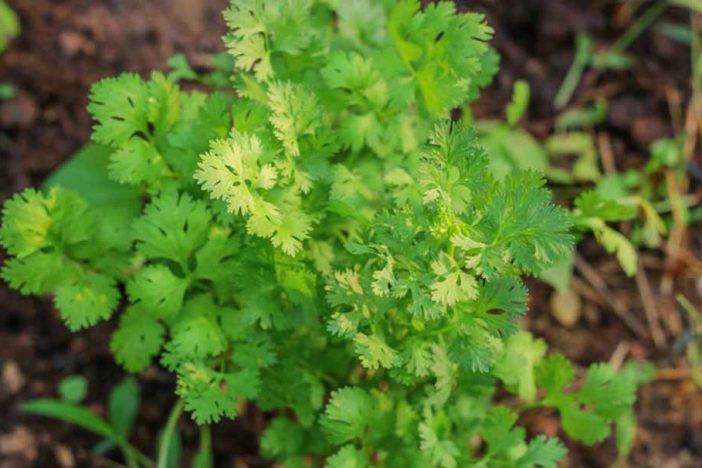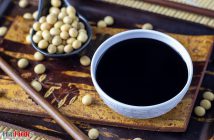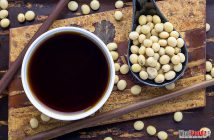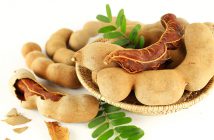All parts of coriander, such as leaves, stems, roots and seeds, are used in Thai cuisine, but the leaves are the most frequently used part of the plant.
Not only the English, having the word like “Windows Dressing”, but also the Thais use the aphorism like “ผักชีโรยหน้า” (Sprinkling over the dish with chopped coriander leaves and stems just before serving) referring to the act or the instance of making something appear better, perceptively attractive or more favourable, but that does not have any real importance or effect. We shouldn’t think like that, should we? Indeed, the coriander, an annual-soft herb in the family Apiacea, is the useful vegetable added to add additional both fragrance and flavour to many Thai dishes. Also, the leaves are particularly rich in vitamin A, Vitamin C and Vitamin K and the seeds provide significant amounts of dietary fibre, calcium, Selenium, Iron, Magnesium and Manganese.
Coriander leaves and stems
The leaves and stems of coriander are widely used in Thai cuisine and sometimes eaten as a fresh vegetable together with Thai spicy dips. Since heat diminish the fragrance and the flavour of these quite quickly, in making many dishes, the Thais generally chopped these and sprinkle over the dishes as an edible garnish just before serving. Also, professional cooks sometime use the whole leaves for decorating finished dishes, making the dishes very and very attractive.
The leaves and stems are also known as cilantro in Spanish and sometimes referred to Chinese parsley and readily available in Latin American Markets.
Coriander roots
The roots of the coriander, having deeper and intense flavour than the other parts, are also included in many Thai dishes. These may be either crushed prior to add into mild or spicy soups in Thai Chinese style or roughly chopped before pounding to grind in making various Thai curry pastes.
The roughly chopped ones are also popular pounded to grind together with the garlic cloves and the peppers to form a paste. This paste is a popular marinade of meats for making either deep-fry or roast dishes.
However, outside Thailand, the roots are challenging to find. Their stems near the root ends of the fresh plants are a good substitute.
Coriander fruits and seeds
The fruits, always referred to coriander seeds, are dry-globular schizocarps. Also, the word “coriander” in food preparation may refer solely to these. The coriander seeds are a popular ingredient in many places and available everywhere in both whole dried seeds and ground form, but the dried seeds are more preferable. However, the Thais have a fewer uses of these. In making some Thai curry pastes like yellow curry paste, red curry paste, green curry paste, massaman curry paste and panang curry paste, prior to make these, the dried seeds are commonly roasted in a dry pan to bring out the fullest flavour, aroma and pungency before being ground into ground form.
References: Coriander, wikipedia.com





